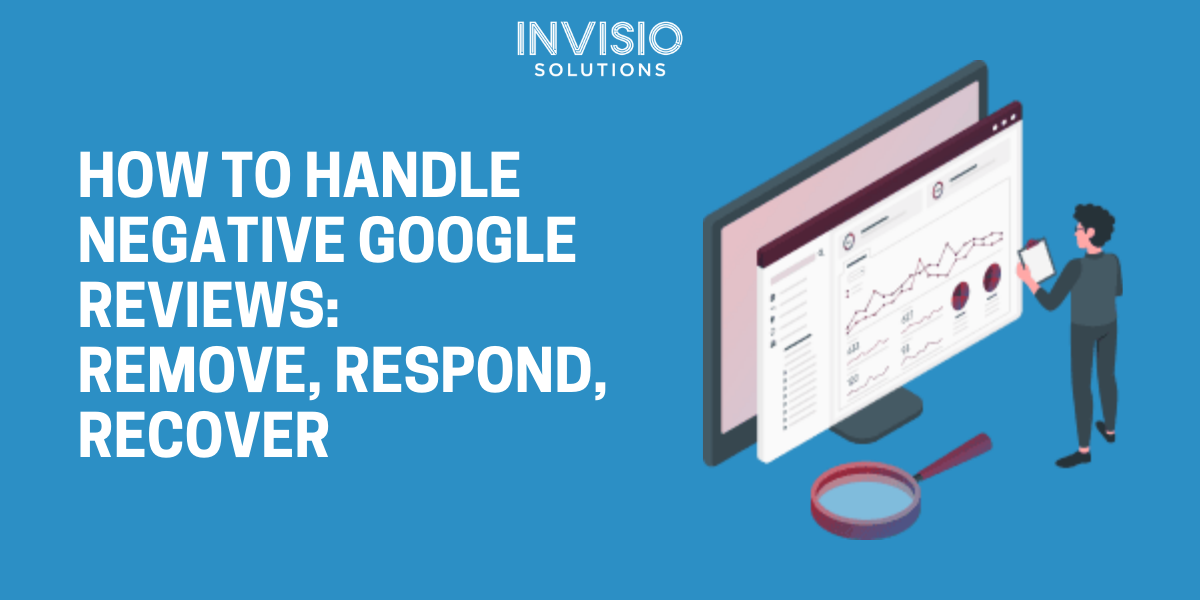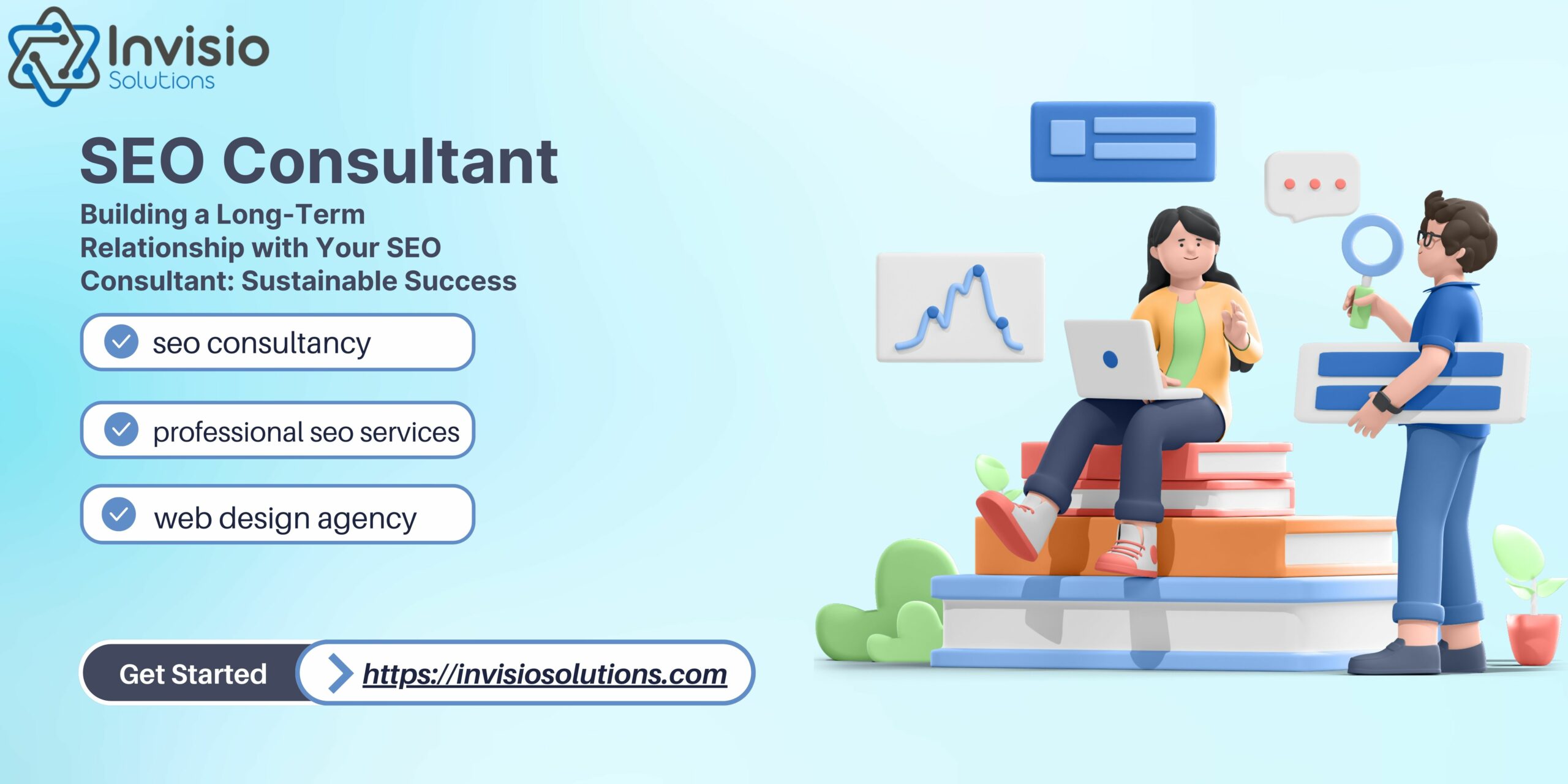


As we approach 2024, the landscape of content marketing and search engine optimization (SEO) is poised for a significant shift. The advent of artificial intelligence (AI) in this domain isn’t just a trend; it’s a disruption that will compel content marketers and SEOs to elevate their skills to stay relevant. This blog post delves into what it takes to succeed in this evolving landscape: a blend of deep audience understanding, authoritativeness in content, and technological savvy, particularly in using AI tools and Schema markup.
One of the most critical, yet often mishandled aspects of content marketing and SEO is understanding the audience. It’s a delicate art and science, requiring marketers to go beyond surface-level analysis to uncover deeper insights and preferences. Let’s explore some nuances and aspects that are frequently overlooked but are essential for effective audience analysis.
Mobile websites are cost-effective and have a broader reach. They are also SEO-friendly, enhancing your business’s visibility online.
Examples of Successful Web Applications
Take, for instance, an e-commerce site that optimized its mobile website, resulting in a significant increase in sales due to its accessibility and ease of use.
Programming Languages for Web Application Development
HTML5 – HTML5 is the latest version of Hypertext Markup Language, the standard markup language for creating web pages.
CSS3 – Cascading Style Sheets (CSS) is used for describing the presentation of a document written in HTML.
JavaScript – JavaScript is a scripting language used to create dynamic content on websites, such as interactive forms, animations, and other user-interactive features.
TypeScript– TypeScript is a superset of JavaScript, adding static types to the language.
PHP – PHP is a server-side scripting language designed for web development but also used as a general-purpose programming language.
Python – Python is known for its readability and efficiency. In web development, it’s used both for server-side scripting and for various frameworks.
Java – Java is used for building enterprise-level applications. It’s known for its scalability and reliability.
SQL – SQL (Structured Query Language) is not a programming language for creating websites but is essential for managing databases.
In 2024, the emphasis in content marketing and
seo expert London should be on deep data analysis. Understanding the audience in depth is no longer a nice-to-have; it’s a necessity for those looking to advance in their careers. This shift means that marketers need to spend more time analyzing and understanding their data than on strategizing and execution.
As we stand on the brink of 2024, it’s clear that the future of content marketing and SEO will be shaped by those who can adeptly combine audience insight, content expertise, and technological proficiency. Embracing AI tools and comprehensive data analysis will be key to staying ahead in this rapidly evolving field.
What do you think about these trends and predictions for 2024? How are you preparing to adapt to these changes in the field of content marketing and
seo agency london? Share your thoughts and experiences in the comments below – let’s discuss and grow together in this dynamic landscape of digital marketing.



